
The log is an important part of the program. Imagine if the program reports an error and does not allow you to open the console to view the log, can you find the cause of the error?
For us, the main purpose of logs is to troubleshoot and locate problems. In addition to discovering and locating problems, we can also achieve the following functions through logs:
Record user login logs to facilitate analysis of whether the user logs in normally or maliciously cracks the user
Record the operation log of the system to facilitate data recovery and locate the operator
Record the execution time of the program to facilitate future optimization programs to provide data support
The Spring Boot project will have log output by default when it is started, as shown below:

Through the above information we can find:
Spring Boot has a built-in logging framework
By default, the output log is not defined by the developer and printing, so how do developers define print logs in the program?
The log is printed on the console by default, but the console log cannot be saved. How to save the log permanently?
Implementation steps for developers to customize log printing:
Get it in the program Log
Use the relevant syntax of the log object to output the content to be printed
private static final Logger log = LoggerFactory.getLogger(UserController.class);
The log factory needs to pass the type of each class in, so that we can know the ownership class of the log, and locate the problem more conveniently and intuitively
Note: The logger object belongs to the org.slf4j package, do not import it Wrong

There are many ways to print the log object. We can use the info method to output the log,
@Controller
@ResponseBody
public class UserController {
private static final Logger log = LoggerFactory.getLogger(UserController.class);
@RequestMapping("/sayhi")
public void sayHi() {
log.trace("trace");
log.debug("debug");
log.info("info");
log.warn("warn");
log.error("error");
}
}
The log level can help you filter out important information. For example, if you set the log level to error, you can only see the error log of the program. For ordinary debugging logs and business logs It can be ignored. This saves developers time in screening
The log level can control whether a program needs to print logs in different environments. For example, in the development environment we need very detailed information, and in the production environment in order to maintain performance and security will output a small amount of logs, and such requirements can be achieved through log levels
Log levels are divided into:
trace: trace, meaning a little, the lowest level
debug: print key information when debugging is required
info: Ordinary print information (default log level)
warn: Warning: Does not affect use, but needs attention
error: error message, higher level error log message
fatal: fatal, an event that causes the program to exit execution due to code exception
The order of log levels:
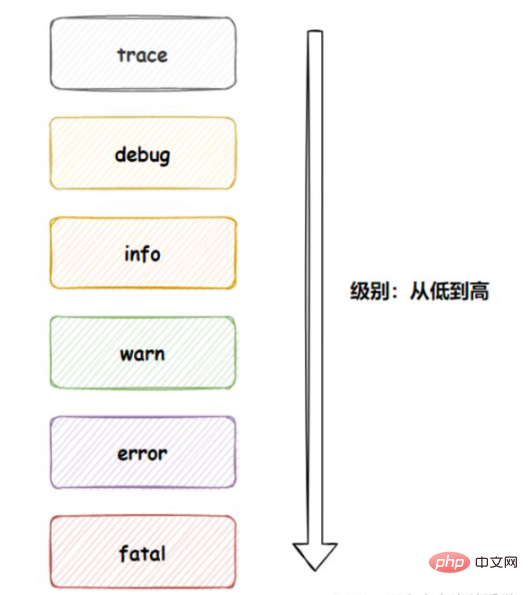
The higher up, the less information is received. If warn is set, only warn and the levels above it can be received.
Log level settings
logging:
level:
root: errorDefault log output level
Clear the log settings in the configuration file and observe the console output The log level
comes to the conclusion that the default log output level is info
When there are local log level and global log level settings, then when accessing the local log, the local log is used level. That is, the priority of local logs is higher than the priority of global logs
The above logs are output on the console, but in the production environment we need Save the log so that you can trace the problem after a problem occurs. The process of saving the log is called persistence
If you want to persist the date, you only need to specify the storage directory of the log in the configuration file or specify the log. Save the file name, Spring Boot will write the console log to the corresponding directory or file
Configure the saving path of the log file:
logging:
file:
path: D:\rizhiThe saved path, which contains escape characters For aspect settings, we can use this / as a separator.
If you insist on using the delimiter under Windows, we need to use the \ escape character to escape
配置日志文件的文件名:
logging:
file:
name: D:/rizhi/logger/spring.log每次使用LoggerFactory.getLogger很繁琐,且每个类都添加一遍,也很麻烦。这里的lombok是一种更好的日志输出方式
添加lombok框架支持
使用@slf4j注解输出日志
首先要安装一个插件:
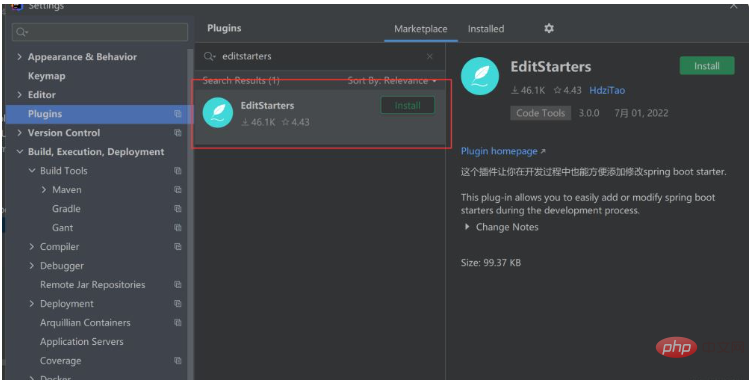
然后再pom.xml页面右键、
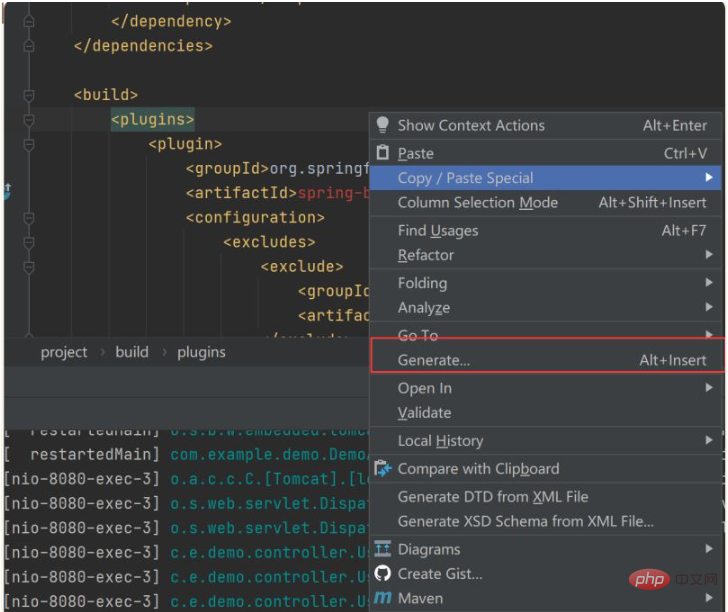
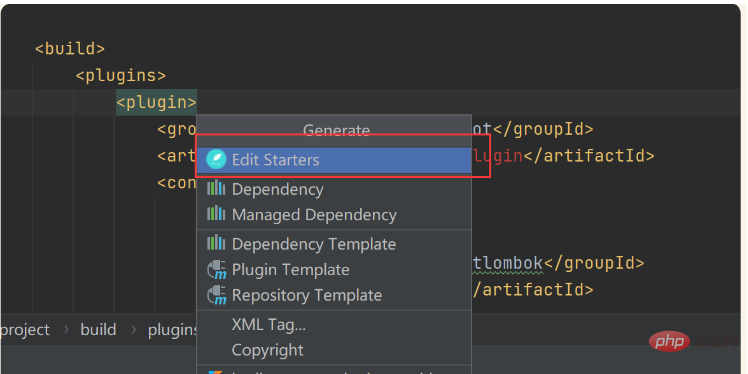
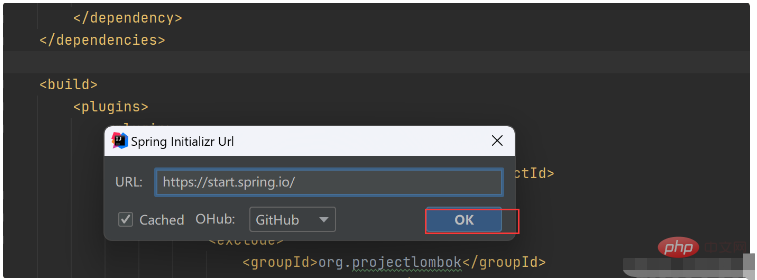
最后重新添加依赖就可以了

使用@Slf4j注解,在程序中使用log对象即可输入日志并且只能使用log对象才能输出,这是lombok提供的对象名
lombok 能够打印⽇志的密码就在 target ⽬录⾥⾯,target 为项⽬最终执⾏的代码,查看 target ⽬录我们可以发现:

这里的@Slf4j注解变成了一个对象。
下面是java程序的运行原理:
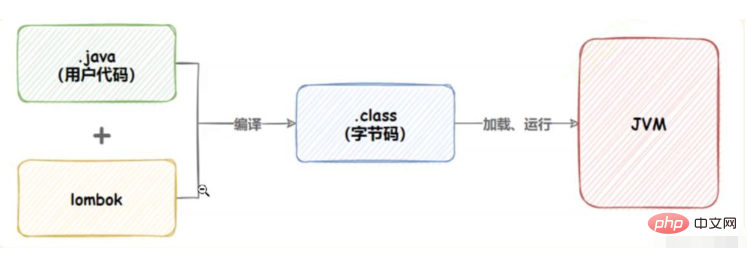
基本注解
| 注解 | 作用 |
|---|---|
| @Getter | 自动添加get方法 |
| @Setter | 自动添加set方法 |
| @ToString | 自动添加toString方法 |
| @EqualsAndHashCode | 自动添加equals和hasCode方法 |
| @NoArgsConstructor | 自动添加无参构造方法 |
| @AllArgsConstructor | 自动添加全属性构造方法,顺序按照属性的定义顺序 |
| @NonNull | 属性不能为null |
| @RequiredArgsConstructor | 自动添加必须属性的构造方法,final + @NonNull的属性为需 |
组合注解:
| 注解 | 作用 |
|---|---|
| @Data | @Getter+@Setter+EqualsAndHashCode+@RequiredArgsConstructor+@NoArgsConstructor |
日志注解
| 注解 | 作用 |
|---|---|
| @Slf4j | 添加一个名为log的对象 |
The above is the detailed content of How to get a handle on SpringBoot log files. For more information, please follow other related articles on the PHP Chinese website!




